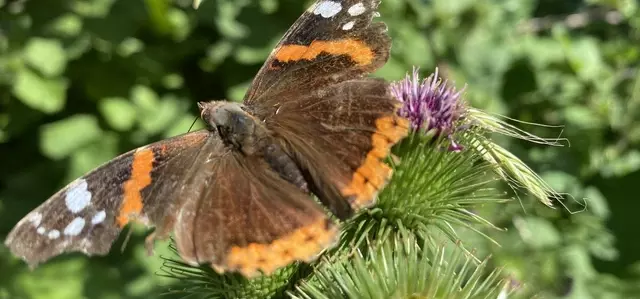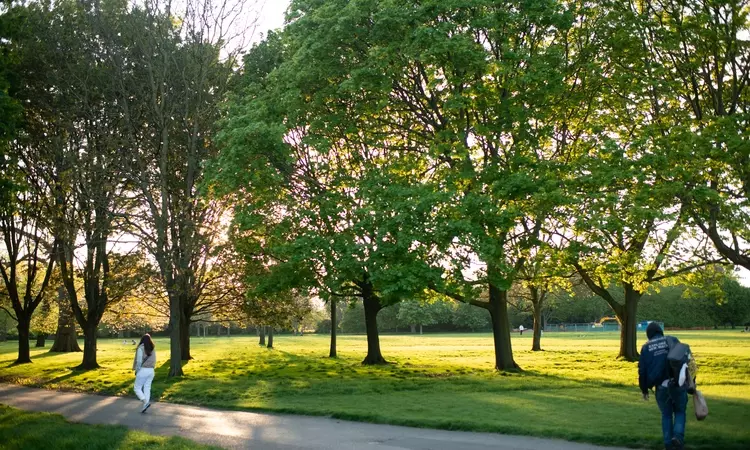
Biodiversity & conservation
The Royal Parks are full of life. We are committed to the highest standards of biodiversity, biosecurity and conservation – so that the parks continue to flourish, long into the future.
Putting biodiversity on the front foot
Biodiversity is the bedrock of the Royal Parks from the soil, grass, flowers and trees to the lakes and ponds. The 5,000 acres of historic parklands are home to rare and protected species from bats to stag beetles, kingfishers and great crested newts. The parks include a National Nature Reserve, European-designated Special Area of Conservation, Sites of Special Scientific Interest, and endangered habitats – and provide some of London’s best opportunities for people to experience wildlife and enjoy a huge range of health and wellbeing benefits.
A chance to escape in nature, without leaving the city.
Our Biodiversity Framework
Only by taking positive action to boost biodiversity at every level, can we make sure that the Royal Parks will be healthier and more resilient. Our Biodiversity Framework is a ten-year plan, setting out how we will achieve our vision to conserve and enhance the parks' rich natural heritage. We have a Pollinator strategy which complements the framework and extends our biodiversity policy.
The Royal Parks – fighting climate change
When you’re out in the parks, you witness the effects of climate change first hand. Seasons come earlier, or later. High winds and heavy rain can alter a historic treescape overnight.
In the face of the climate emergency, we are stepping up preparations for the future. One where unpredictable weather events, rising temperatures, increasing biosecurity threats from pests and diseases will place huge pressure on the landscapes. Our Help Nature Thrive project, made possible by players of the People’s Postcode Lottery, is designed to make the parks more resilient.
Taking action on biosecurity
We welcome everyone to visit and feel at home in the Royal Parks. But the threat to the park habitats and wildlife has never been greater. London is a much visited capital city, and we can’t ignore the increased risk that more visitors may pose to the natural environment of the parks. Invasive non-native species and diseases pose a significant risk to the wildlife, habitats and even landscapes of the parks, from existing invasive plants (e.g. New Zealand pigmyweed) and animals (e.g. terrapins), and tree pests and diseases (e.g. oak processionary moth and ash dieback), with climate change and the movement of people and goods around the globe increasing the risk of new threats emerging. We therefore take robust measures to try to protect the parks from such introductions, and to help us ask visitors not to release any animals or plants into the parks.
To protect all the Royal Parks, we have stringent Biosecurity policies and protocols in place, to make sure that the parks continue to flourish.
-
.jpgae63.jpg?itok=lLedqoIM)
Pollinator strategy
The Royal Parks Pollinator strategy
-

Biosecurity policy
Biosecurity policy for The Royal Parks
-
.jpg379f.jpg?itok=jR9Lq2Rd)
Biodiversity framework
Biodiversity framework for The Royal Parks
-

Climate emergency
The Royal Parks and the Climate emergency